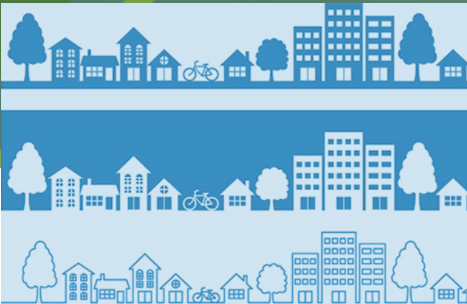Australia’s Sustainable Built Environment National Research Centre (SBEnrc) develops projects informed by industry partner needs, secures national funding, project manages the collaborative research and oversees research into practice initiatives. Core Members of SBEnrc include BGC Australia, Government of Western Australia, Queensland Government, Curtin University, Griffith University and RMIT University.
This research would not have been possible without the valuable support of our core industry, government and research partners.
The research explores the broader thinking is needed for the liveability and accessibility of our urban housing precincts to be more successful in terms of providing safe and fulfilling environments, especially for the most vulnerable in our community.
A whole-system thinking approach is essential to provide more resilient environments in the event of currently unforeseen disruptions.
Associate Professor Sacha Reid and her team have finalised a Liveability Framework for Medium to High-density Social and Affordable Housing, to be used to develop project and precinct-based, value-focused standards and targets to drive adoption of better outcomes and promote community acceptance of delivering whole-of-life solutions.
Some of the features with real-life impacts highlighted from two case studies undertaken to test the framework include:
• Car parking – dedicated, accessible parking is needed: for example, for visitors with a disability; for the drop-off and collection of residents with a disability; for support services that may be providing daily care for residents; for OZHarvest deliveries; and for maintenance workers
• Wi-fi access – needs to be considered as an essential service to ensure social connection and enable working/schooling-from-home options
• Night-time safety in higher density precincts – needs to be better considered through planning and designing for improved community surveillance and physical design, and to ensure physical safety and emotional wellbeing
• Site selection – needs to maximise opportunities for liveable and accessible design outcomes, and while clever design can sometimes resolve these issues, every opportunity for successful living needs to be maximised.
Other elements are considered in this important and timely research.


